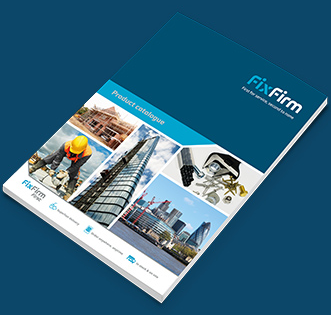There are lots of different factors that influence whether construction tendering bids are successful, from the reputation of the company to the quote amount and financial standing of the bidder. More recently, clients have been taking other factors into account such as whether the company matches their values and their approach to sustainability.
With carbon net zero targets set to become a requirement for businesses in the UK, measuring carbon footprint is now essential. Carbon reporting refers to measuring a company’s carbon footprint and the contribution it is making to climate change.
The Companies (Directors’ Report) and Limited Liability Partnerships (Energy and Carbon Report) Regulations 2018 states that quoted companies must report their global energy use and large businesses must disclose their UK annual energy use and greenhouse gas emissions.
Further to this, a public procurement notice was published that requires government departments and their offshoot agencies to procure larger contracts from companies that report Scope 3 emissions. These emissions are the ones generated by the supply chain, which is why carbon reporting is going to be a very important factor in winning contracts in the construction industry.
Even if your construction company does not rely solely on work from the public sector, this approach to procurement is likely to become common across other sectors at some point in the future too.
The Scope 3 emissions encompass a wide range of emissions including manufacturing of tools and materials, as well as subcontractor’s vehicle emissions. Understanding the processes involved in measuring all the required emissions is expected to be one of the biggest challenges for construction companies.
The RICS Whole Life Carbon Assessment for the Built Environment 1 edition sets out specific mandatory principles for a whole life approach to reducing carbon emissions. Since being introduced in 2017, the Whole Life Carbon Assessment for the Built Environment, edition 1 has provided a single reference for the industry to understand how to measure carbon emissions.
In addition to measuring carbon emissions, many companies are looking at ways to implement a circular economy. This is based around designing for durability, reuse, remanufacturing and recycling to ensure products are circulating in the economy.
How to prepare for the future
For your construction company to be set up to win contracts in the future, you will need to implement the required processes to enable accurate carbon reporting. Being able to effectively monitor carbon emissions is easier when you have the right tools and systems in place. Software systems can enable you to measure your carbon footprint to provide the information as part of your tender bids.
You should review your existing carbon footprint measurements to identify the key areas that require carbon emission reduction. You may need to upgrade tools and equipment to more energy-efficient alternatives, as equipment is one of the biggest contributors towards construction company emissions.
At FixFirm we work with our partners to help drive down emissions through more energy-efficient tools and equipment and sustainable working processes.
Contact our team today to discuss how we can assist with any technical requirements.
BACK TO ARTICLES

